
How to Maintain and Store Your Best Electric Bike for a Longer Lifespan?
Understanding how to care for your bike is crucial for ensuring safe and efficient rides. In this guide, we will explore effective electric bicycle maintenance techniques, storage tips, and safety practices. You'll learn how to extend your bike's lifespan and keep it in top shape for all your adventures.
Before diving into maintenance, it's crucial to understand the key components of your electric bike:
Key Components
Battery
Powers the motor and is typically removable for charging. The battery is the heart of your electric bike, and understanding the bike battery capacity and charging needs can significantly influence your riding habits. It's important to consult your bike's manual to understand the optimal charging cycles and to avoid overcharging, which can degrade the battery over time.
Motor
Provides the assistance you feel while pedaling. The motor's power output can vary between models, affecting speed and efficiency. Regular checks on the motor's performance can help in identifying any unusual noises or drops in power, indicating the need for professional assessment.
Controller
Manages the power flow from the battery to the motor. The controller acts as the brain of your electric bike, ensuring that power is distributed efficiently and safely. Keeping the electric bike controller in good condition is essential for preventing electrical issues and ensuring smooth operation.
Display
Shows speed, battery level, and other essential information. The smart ebike display is your dashboard for monitoring your bike's performance and ensuring that all systems are functioning correctly. Regularly check for any glitches or inaccuracies in the display readings, as these can indicate underlying issues.
Brakes
Essential for safety, requiring regular checks and maintenance. Brakes are your first line of defense in preventing accidents, and their maintenance should never be overlooked. Familiarize yourself with the different types of bike brakes, such as disc or rim brakes, and understand their specific maintenance needs.
Regular Electric Bike Maintenance
Keeping your electric bike in top shape requires consistent maintenance. Here's a checklist to ensure your ride is always ready to go:
1. Battery Care
The battery is one of the most critical components of your electric bike. Proper care ensures how long does an ebike battery last and performs efficiently. Batteries are sensitive to both temperature and charging habits, so developing a routine can significantly enhance their longevity and reliability.

Regular Charging
Charge the battery after each ride. Avoid letting it completely drain as this can shorten bike battery lifetime. Frequent charging keeps the battery healthy, but be sure to follow manufacturer guidelines to prevent overcharging, which can be detrimental.
Optimal Charging Environment
Charge your battery in a cool, dry place. Extreme temperatures can damage the battery cells. Consider investing in a thermal cover or a battery management system to protect against temperature fluctuations, especially if you live in an area with extreme weather conditions.
Regular Inspection
Look for any signs of damage or wear. If you notice swelling or cracks, it might be time for a replacement. Regularly inspect the battery terminals for corrosion and clean them with a mixture of baking soda and water if needed to maintain good electrical contact.
2. Tire Maintenance
Well-maintained tires ensure a smooth and safe ride. Tires are your bike's connection to the road, and their condition can significantly affect your riding experience. By keeping them in good shape, you can prevent accidents and prolong the e bike life.

Check Tire Pressure
Keep your tires inflated to the recommended pressure to prevent electric bike flat tires and reduce wear. Under-inflated tires can cause increased rolling resistance, reducing battery efficiency and making pedaling harder.
Inspect for Wear
Regularly check for cuts, punctures, or worn-out tread. Replace tires if necessary. Pay attention to the tread pattern, as uneven wear may indicate alignment issues or improper inflation, which need to be addressed promptly.
3. Brake System Check
Brakes are vital for your safety. Regular checks can prevent accidents. Ensuring that your brakes are responsive and effective is crucial for safe riding, especially in emergency situations or adverse weather conditions.

Brake Pad Inspection
Look at the brake pads for wear. If they're thin or making disc brakes squeaking, it's time for a replacement. Squeaking or grinding noises are clear indicators that your brake pads need attention.
Brake Adjustment
Ensure your brakes are properly adjusted to respond quickly. Regularly test your brakes and adjust the tension as needed, ensuring that the brake levers don't pull too close to the handlebars.
4. Chain and Drivetrain Maintenance
A clean and well lubricated chain ensures efficient power transfer from the pedals to the wheels. The drivetrain is a critical component of your bike's performance, and regular maintenance can prevent costly repairs and improve efficiency.

Regular Cleaning
Use a degreaser to clean the chain and drivetrain. Cleanliness prevents the buildup of grime that can cause premature wear and tear on the chain and sprockets.
Lubrication
Apply lubricant to prevent rust and ensure smooth operation. Choose a lubricant suitable for your riding conditions; wet lubes for rainy climates and dry lubes for dustier environments.
Best Ways to Store Your Durable Electric Bike
Proper electric bicycle storage is crucial, especially during seasons when you might not use your bike frequently. Here are tips for storing your electric bike safely. Adequate storage protects your bike from environmental hazards and theft, ensuring that it's ready to ride whenever you are.

1. Ideal Storage Conditions
Indoor Storage
Store your bike indoors to protect it from the elements. Moisture can cause rust, and extreme temperatures can damage the battery. Find a dry, stable environment like a garage or a dedicated storage room to keep your bike safe.
Use a Bike Cover
If indoor electric bicycle storage isn't an option, use a waterproof bike cover for outdoor storage. A quality cover can protect against rain, dust, and UV damage, preserving your bike's condition.
2. Battery Storage
Remove the Battery
If storing for an extended period, remove the battery and store it separately. Keeping the battery in a climate-controlled environment can prevent damage from temperature fluctuations.
Charge to 50%
For long-term electric bicycle storage, keep the battery charged to about 50% to maintain its health. This state of charge is ideal for reducing stress on the battery cells and prolonging e bike life.
3. Preventing Theft
Secure Locking
Always lock your bike to a solid object using a high-quality lock, even if stored indoors. Consider investing in a GPS tracker for added electric bike security, providing peace of mind and recovery options in case of theft.
Leoguar Bike offers an added layer of security with its patented dual-lock technology, which utilizes two separate locks operated by one key. This innovative feature prevents battery drops and ensures safe, easy removal and installation, providing peace of mind while you're on the go.
Use Multiple Locks
For added security, use more than one lock. Employing different types of locks can deter thieves, as it requires more effort and tools to break multiple locks.
LCD Display Passwords
To further secure your Leoguar Bike, utilize the LCD display password feature. This allows you to set a personalized password that must be entered to access critical bike functions. This added layer of security can deter potential thieves.
Common Electric Bike Repairs
Even with regular maintenance, your electric bike may need repairs from time to time. Here are some common issues and how to address them. Being prepared for repairs can save you time and frustration, ensuring that minor issues don't escalate into major problems.
Flat Tires
-
Remove the Wheel: First, you'll need to detach the wheel. If it's a rear wheel with a motor, disconnect the motor cable. Make sure to use the proper tools to avoid damaging the wheel or motor connections.
-
Inspect the Tire: Check the tire and tube for punctures or sharp objects. Run your fingers gently along the inside of the tire to detect any embedded debris that may have caused the flat.
-
Patch or Replace the Tube: Use a patch kit if the hole is small. For larger punctures, you may need a new tube. Ensure the replacement tube matches the size and type of your original one for optimal performance.
-
Reassemble: Once repaired, reattach the wheel and reconnect the motor cable if applicable. Tighten all components securely to ensure safe riding conditions.
Battery Issues
If your bike isn't holding a charge, it might be time to inspect the battery. Battery issues can range from simple connection problems to more complex internal faults.
-
Check Connections: Ensure all connections are tight and free of corrosion. Corroded connections can impede power flow and should be cleaned with appropriate solutions.
-
Test the Charger: Sometimes the issue is with the charger itself. Use a multimeter to check if it's working properly. A faulty charger can lead to incomplete charging cycles, affecting the battery's longevity.
-
Battery Replacement: If the battery no longer holds a charge, it may need replacement. Consult your bike's manual for compatible options. Investing in a quality battery can significantly enhance your bike's performance and range.
Motor Problems
Motor issues can be more complex, but here are some basic troubleshooting steps. Identifying the root cause of motor problems early can prevent more severe damage and costly repairs.
-
Noise or Grinding: This could indicate debris in the motor. Carefully remove the motor and clean any visible debris. Regular inspection and cleaning can prevent such issues from escalating.
-
Intermittent Power: Check the wiring for loose connections or damage. Ensuring all connections are secure can often resolve power inconsistencies.
-
No Power: Ensure the battery is charged and the motor is properly connected. If the problem persists, it might require professional attention. A certified technician can diagnose and fix intricate motor issues, ensuring your safety.
Brake Adjustments
Brakes are crucial for safety. If you notice reduced braking performance, here's what to do. Timely brake maintenance can prevent accidents and ensure smooth stopping power.
-
Inspect the Brake Pads: If they're worn out, replace them. Brake pads should be checked regularly for wear and tear, as they are vital for effective braking.
-
Adjust the Brake Cables: Tighten or loosen the cables to ensure the brakes engage properly. Properly tensioned cables provide consistent braking performance and improve safety.
-
Test the Brakes: After adjustments, test the brakes in a safe area to ensure they work effectively. Ensuring your brakes are responsive is crucial for navigating different terrains and traffic conditions.
Chain and Gear Maintenance
A well-maintained chain and gear system ensures a smooth ride. Regular upkeep of these components can prevent costly repairs and enhance your riding experience.
-
Lubricate the Chain: Regularly apply chain lubricant to prevent rust and ensure smooth operation. A well-lubricated chain reduces friction and wear, extending its lifespan.
-
Check Gear Alignment: Misaligned gears can cause poor shifting. Adjust the derailleur if necessary. Proper gear alignment ensures smooth transitions and reduces strain on your drivetrain.
-
Clean the Gears: Remove dirt and debris with a brush or cloth. Keeping your gears clean prevents build-up that can lead to mechanical problems and inefficient performance.




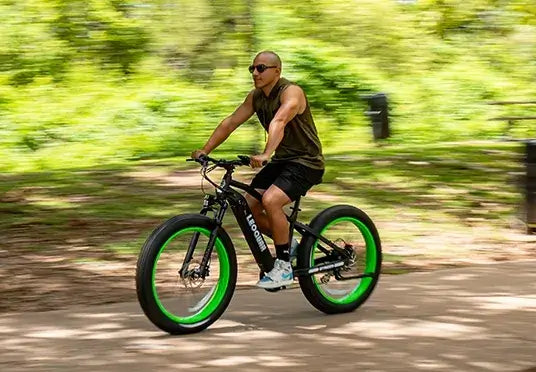


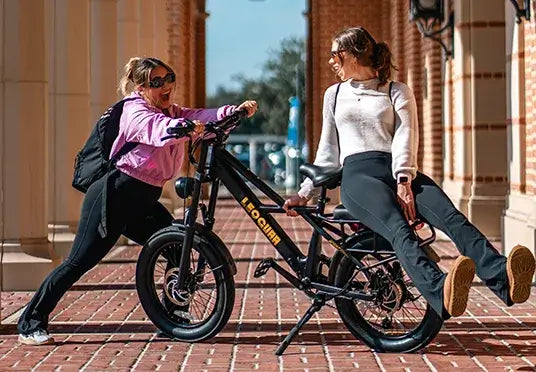
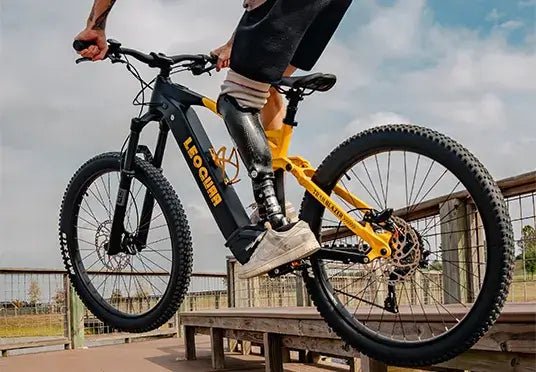

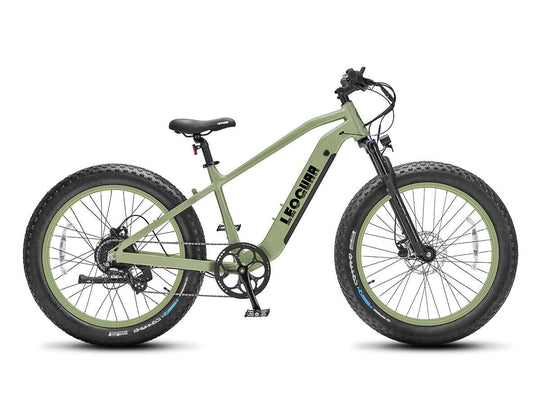
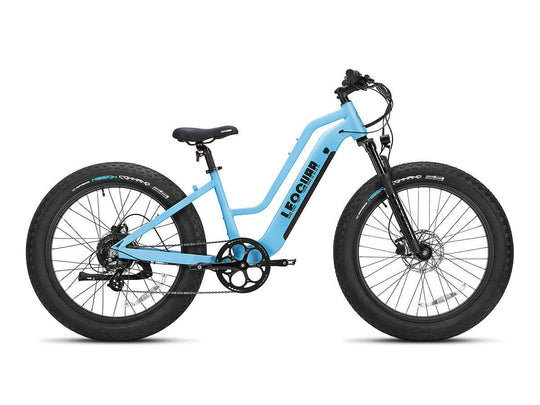
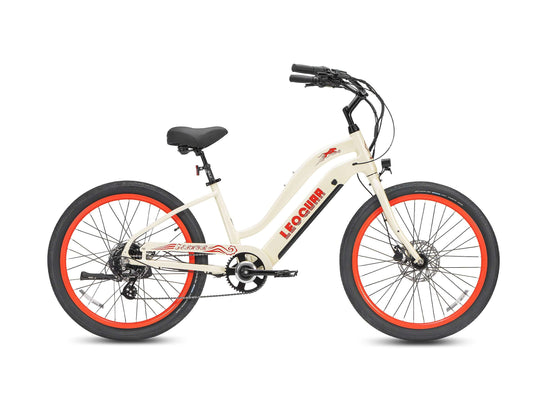
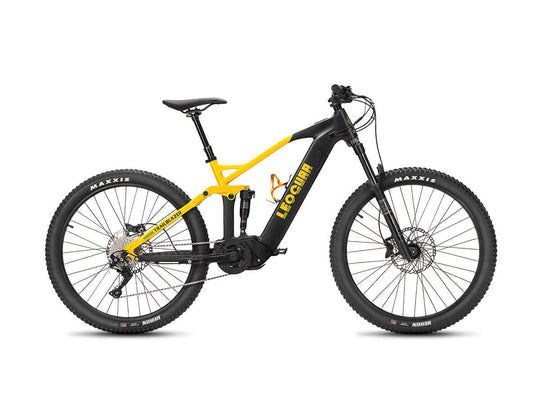

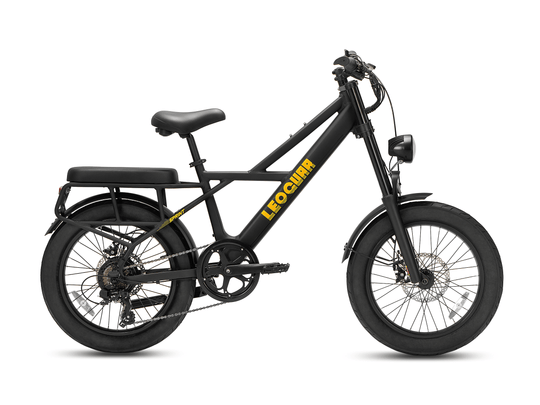
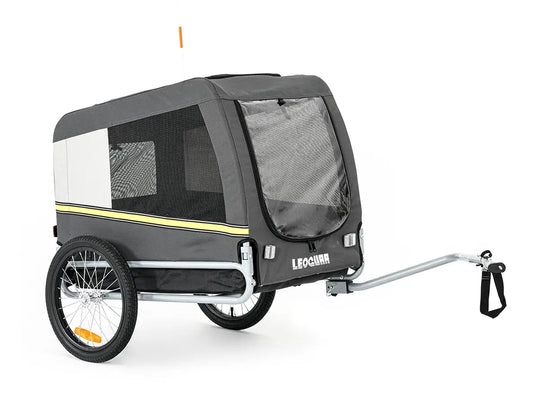
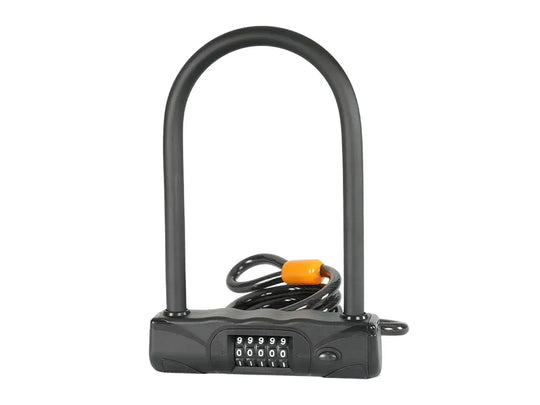

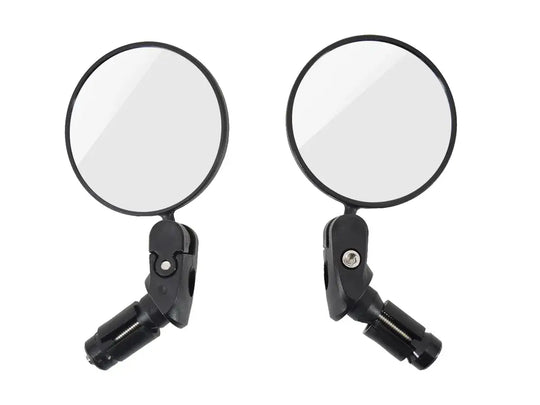
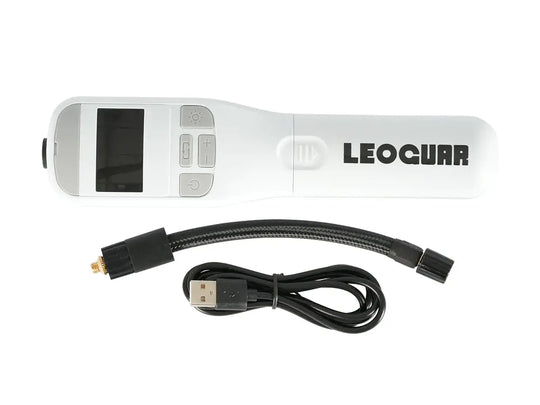
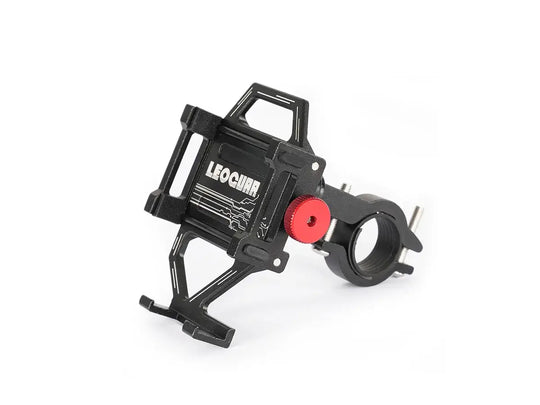
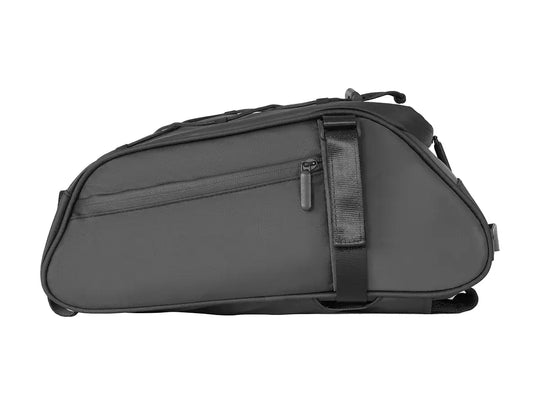
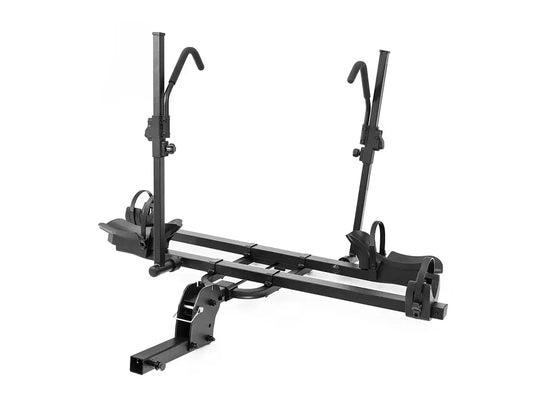
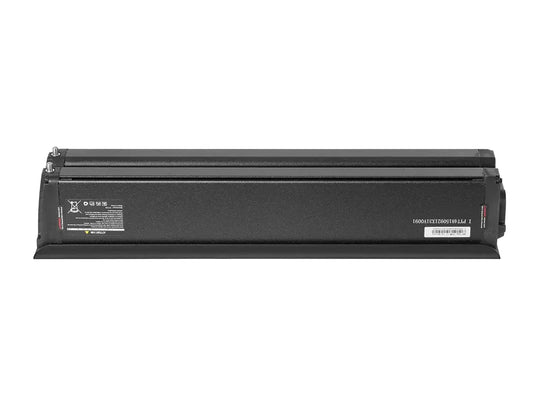

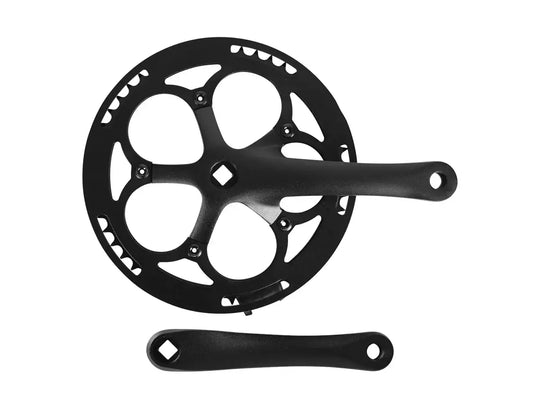
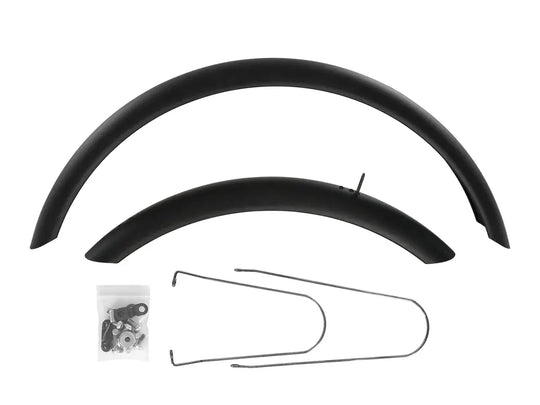
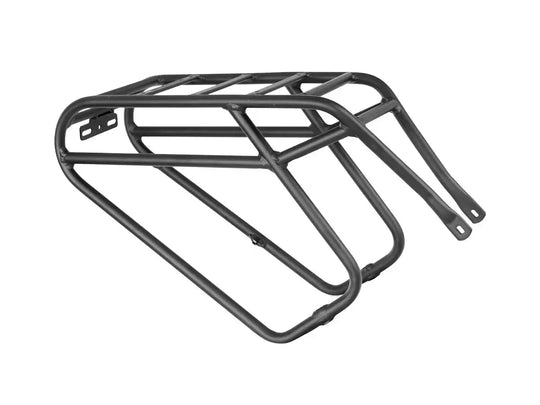
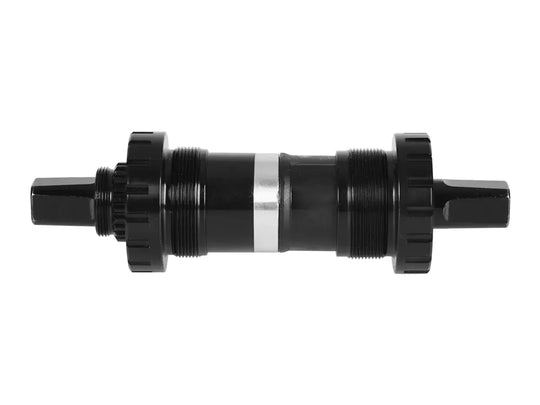
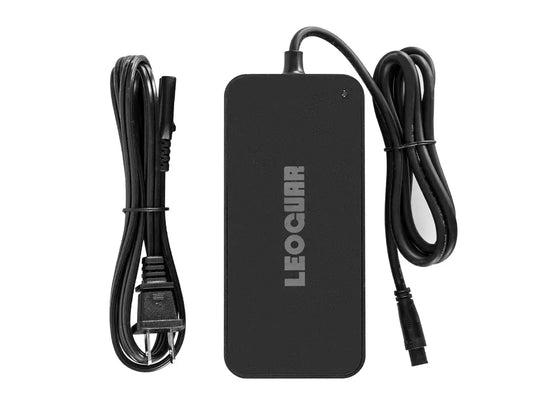
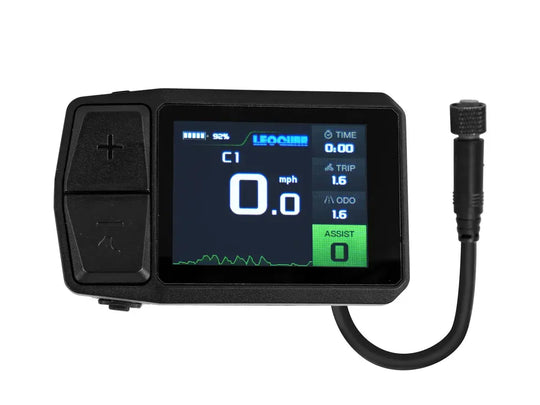
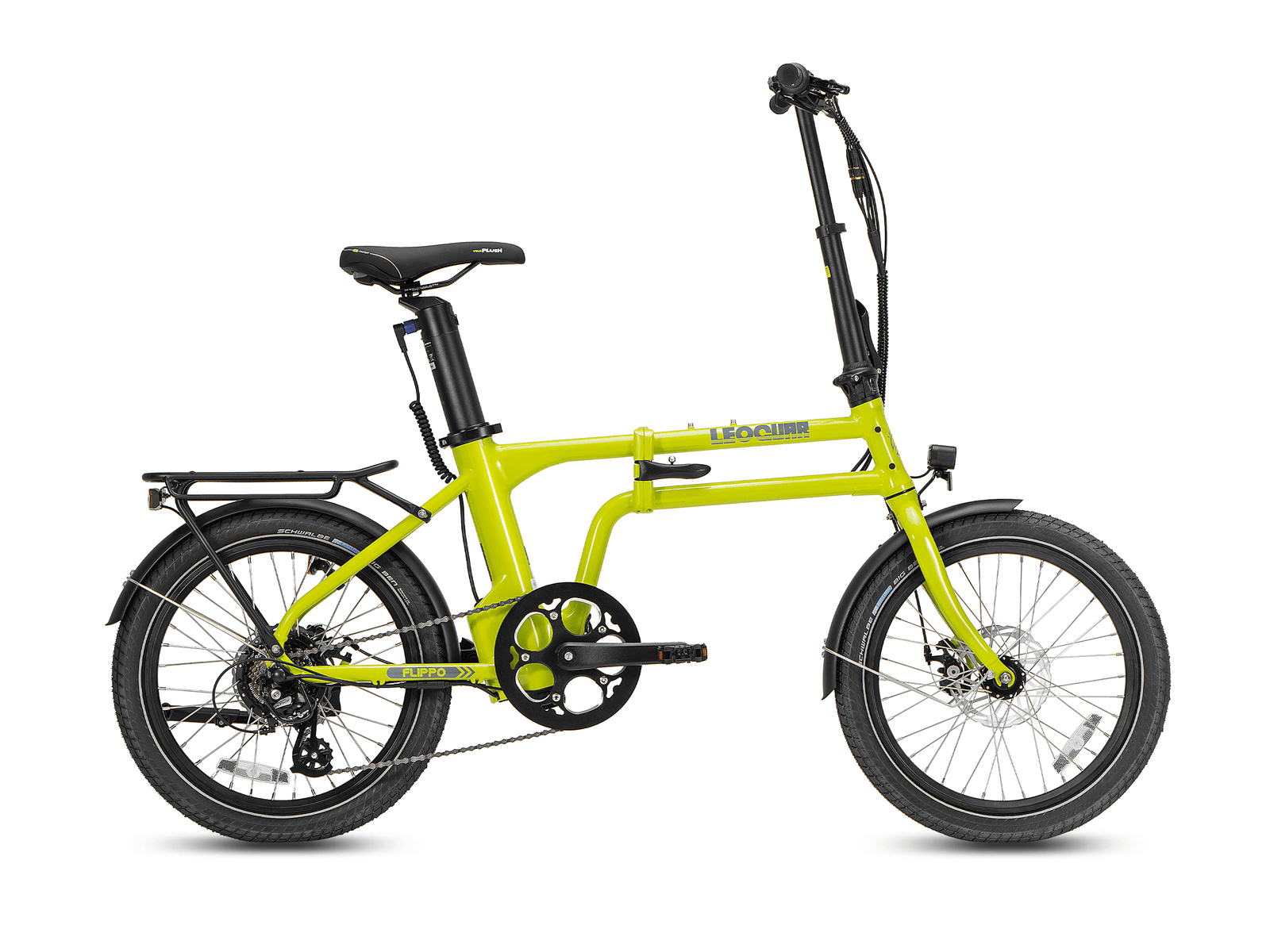







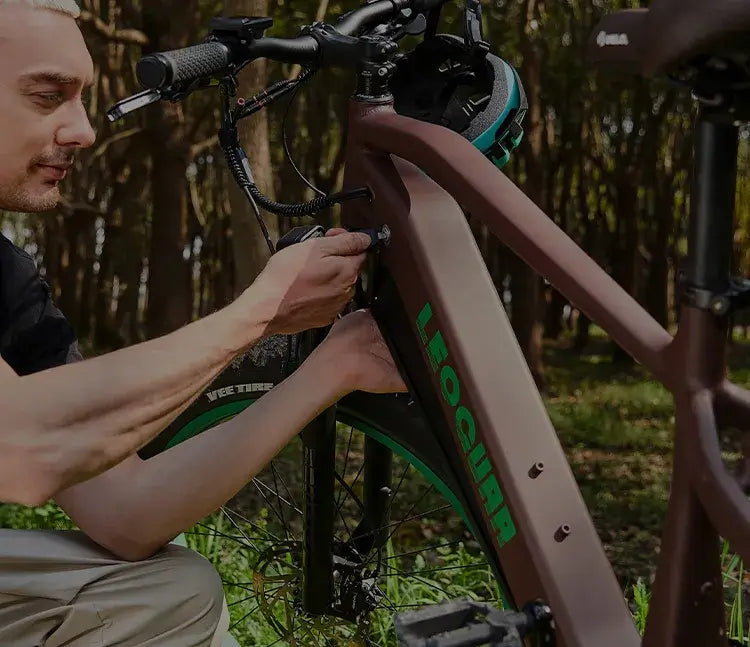
Leave a comment